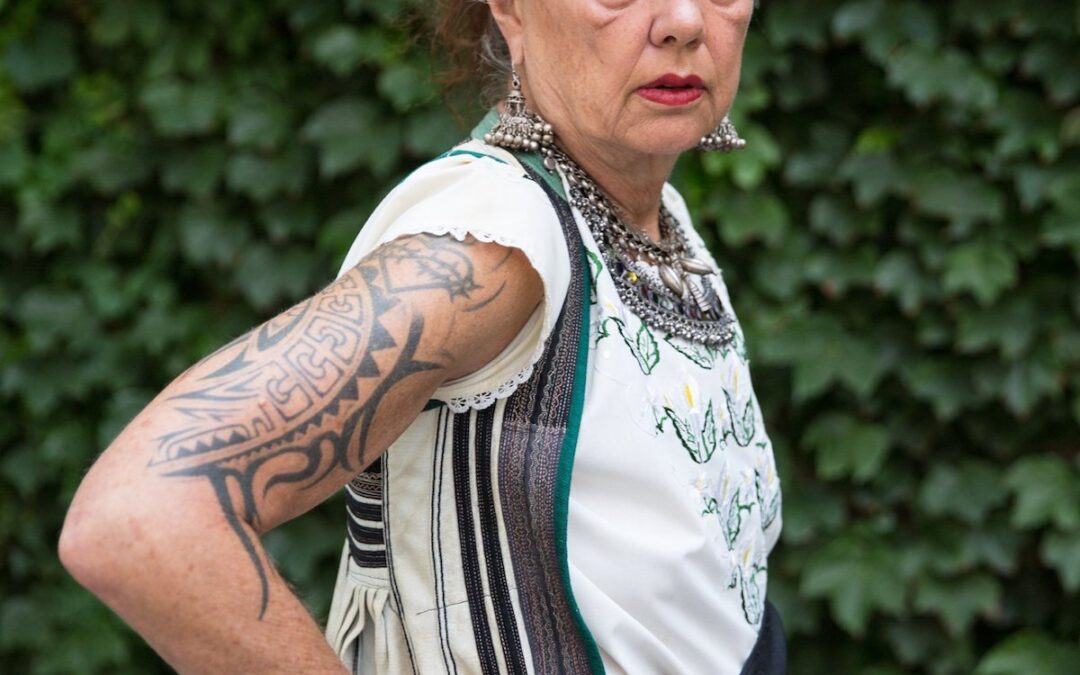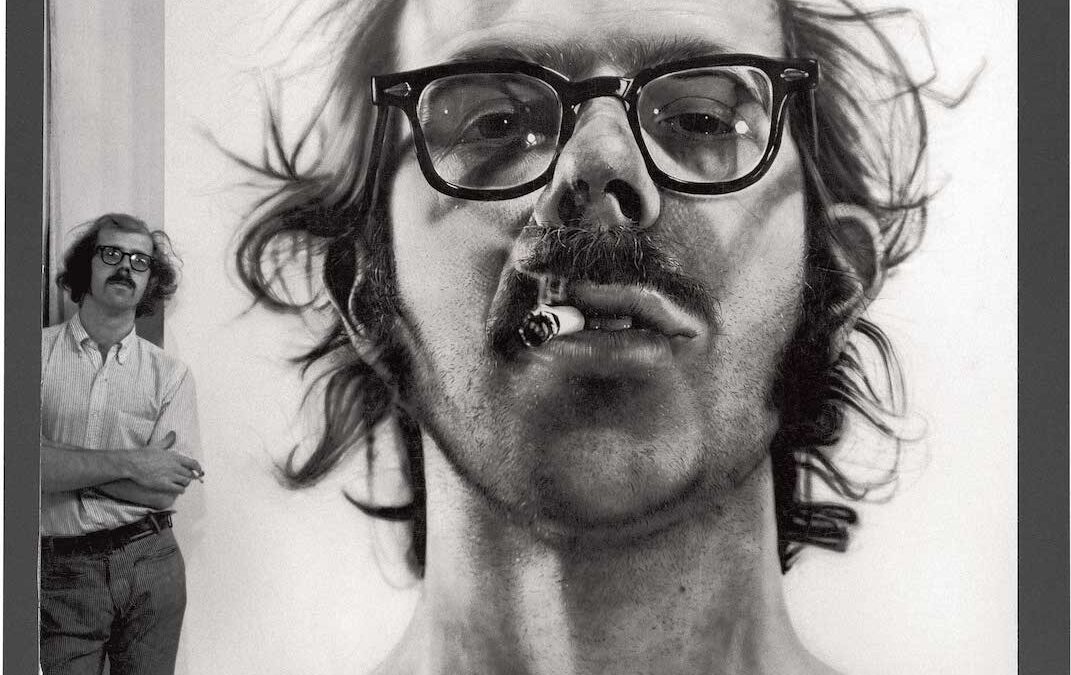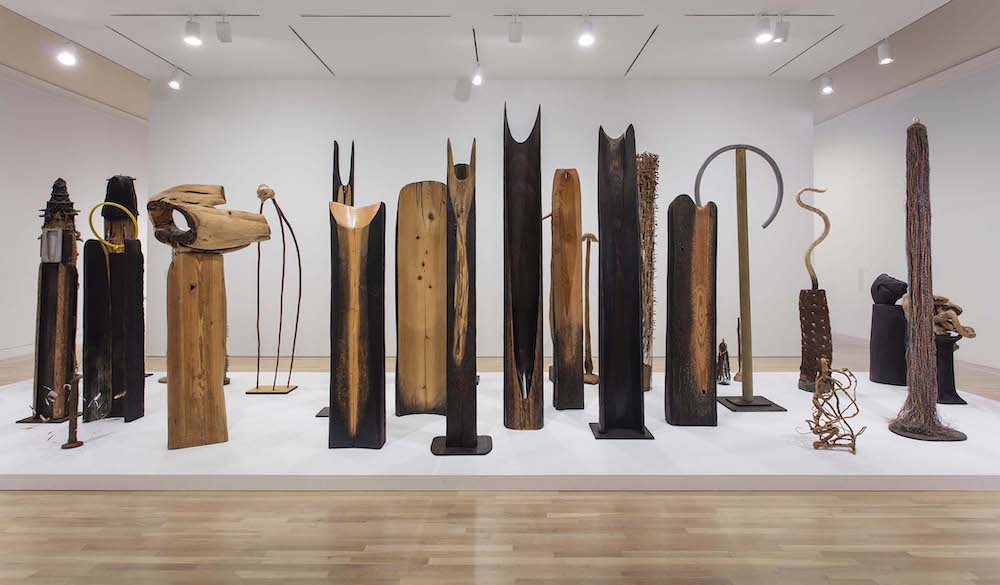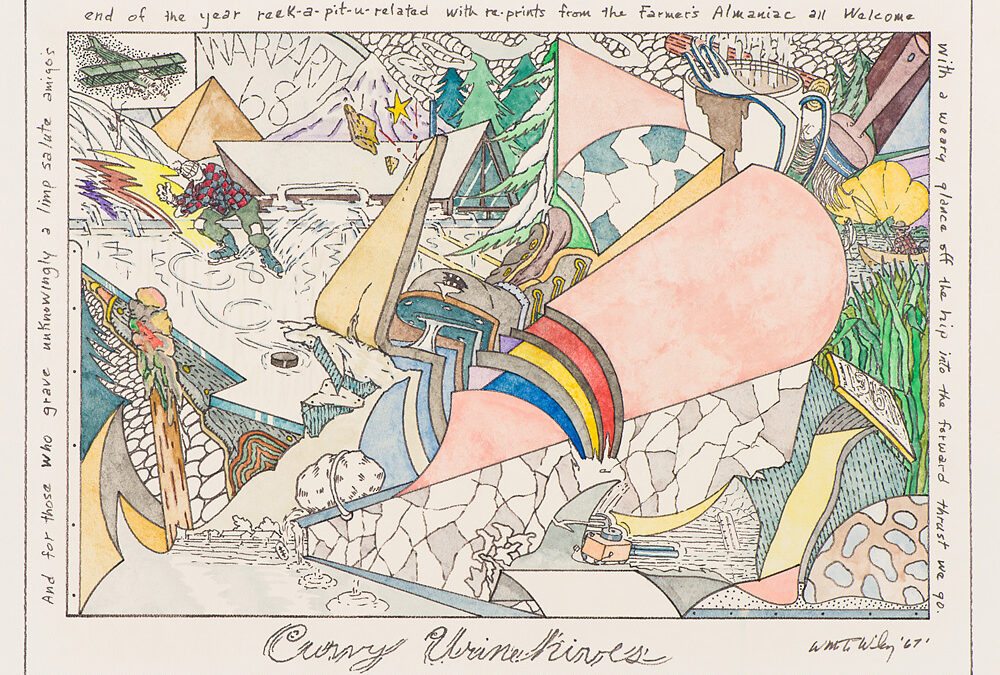Carole Caroompas, an artist and widely admired teacher whose work encompassed painting, drawing, collage, prints and performance, died on July 30, 2022. In 2007, Western Project, which represented Carole for many years, published a catalog in which various artists,...





